
Do you have a question about the Panasonic Lumix DC-GX850 and is the answer not in the manual?
| Sensor Type | Live MOS |
|---|---|
| Sensor Size | Four Thirds |
| Image Processor | Venus Engine |
| Lens Mount | Micro Four Thirds |
| Continuous Shooting | 10 fps |
| Autofocus Points | 49 |
| Video Recording | Yes |
| Built-in Flash | Yes |
| Wireless Connectivity | Wi-Fi |
| Battery | DMW-BLH7 |
| Dimensions | 106.5 x 64.6 x 33.3 mm |
| Effective Pixels | 16.0 MP |
| ISO Range | 200-25600 (expandable to 100-25600) |
| Shutter Speed | 1/16000 - 60 s |
| Autofocus System | Contrast Detection |
| Image Stabilization | No |
| LCD Screen Size | 3.0 inch |
| LCD Screen Type | Touchscreen |
| Video Resolution | Full HD (1920 x 1080) |
| Maximum Video Resolution | 3840 x 2160 |
| Connectivity | USB, HDMI |
| Battery Life | Approx. 210 shots |
| Weight | 269 g (body only) |
Explanation of how to use the shutter button for focusing and taking pictures.
Guide to selecting various recording modes available on the camera's mode dial.
Methods for the camera to automatically adjust focus based on subject and scene conditions.
How to lock focus and exposure on a subject for consistent framing.
Adjusting exposure levels to correct for lighting differences between subject and background.
Setting white balance to accurately represent colors under different lighting conditions.
Capturing high-speed bursts of 8MP photos at 30fps for extracting moments.
Adjusting focus after shooting or merging multiple focus points into one image.
Changing camera behavior when the shutter button is pressed (single, burst, timer).
Setting the burst speed and live view options for continuous shooting.
Using optical zoom and extra tele conversion to get closer to subjects or capture wider scenes.
Guide to opening, closing, and managing the built-in flash for various shooting scenarios.
Details on recording high-definition and 4K video with AVCHD and MP4 formats.
Navigating and viewing still images captured by the camera.
Playing back recorded videos, including operations for pause, rewind, and volume.
Remotely controlling camera functions and viewing images via a smartphone app.
Establishing a Wi-Fi connection between the camera and a smartphone/tablet.

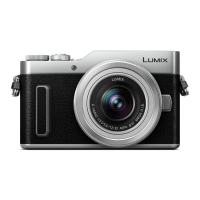
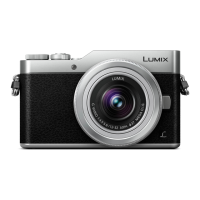
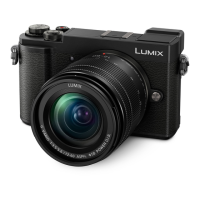
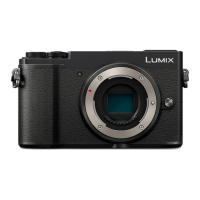
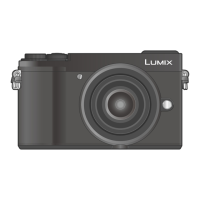
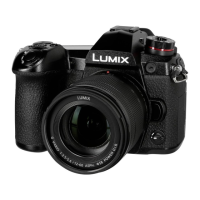
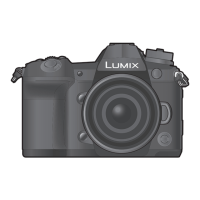
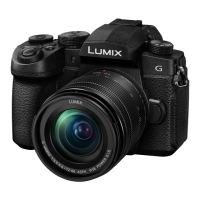
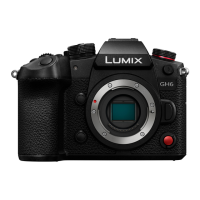

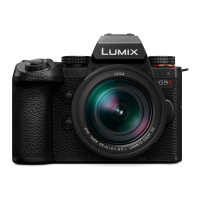
